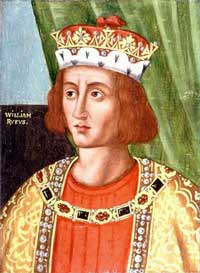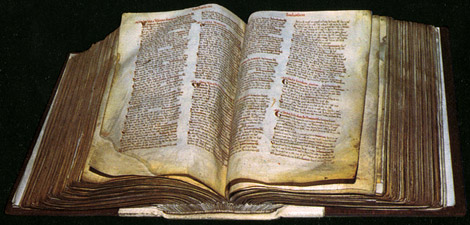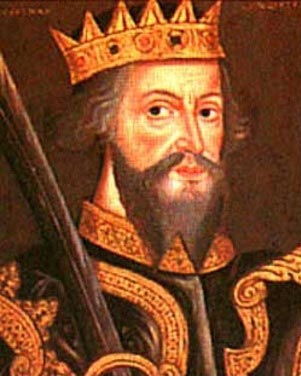Welcome to Adelina's World
Adelina the Jester is the title of a brand new chamber oratorio featuring Inversion Ensemble. With the libretto by playwright Katie Bender and music by composer Andrew Grainger, it is being developed in Austin with performances at the Scottish Rite Theater on Saturday, June 22nd at 7.30pm and Sunday, June 23rd at 3pm, 2024.

About Adelina the Jester
What compelled us to create this work? We were fascinated by the story of Adelina, the only woman listed in the Domesday Book (C.E. 1086, see below) as holding the job of court jester. We couldn't let her existence fade into the past. Instead, we wanted to introduce her to a 21st-century audience and at the same time show that some of the problems and heartbreaks of the medieval world are with us today. We know very little about her, except that she owned land in her own name and that she plied her trade at the court of Earl Roger de Montgomery. More is known about Earl Roger than about Adelina, but it is her uniqueness as a female jester that inspired this work. Soloists sing the roles of Adelina, Earl Roger, King William II, and Fitzhugh. Only Fitzhugh is fictional. Each of the soloists is paired with a contemporary dancer, who, as something like an avatar, expresses each soloist’s emotions. The dancers also help propel the narrative. A chorus fills the roles of peasants, courtiers, and other English folk. A small orchestra made up of lute, harp, guitar, recorder, and percussion provides accompaniment and musical interludes. Two remarkable artists combined their talents to bring Adelina to life. Andrew Grainger is the composer, and Katie Bender is the playwright/librettist. Read their biographies on The Team page.
About the Domesday Book
In the 11th century, the Normans of northern France were expanding their influence. As part of that movement, William of Normandy sought to enforce his claim to the throne of England. In 1066, then, he invaded and defeated Harold Godwinson at the Battle of Hastings, becoming England’s King William I. William realized he needed to learn more about his new domain. So in 1086 his agents spread out across England to record data regarding many aspects of English life, such as land ownership, occupations, livestock numbers, and enterprises such as water mills, beehives, and quarries. Samples of the many occupations and the number of people who held those positions include independent farmers (36,897), swineherds (556), fishermen (92), and gold embroideress (1). It was said that not a single cow, horse, or pig went uncounted. Within a year the agents had compiled some two million words, written in Latin with goose quills on sheepskin. Like the Norman Conquest of 20 years earlier, what was then called the King’s Book was not popular; resentment and dissent were common across England. The massive work became known as the Domesday Book because it was associated with the “book of life” from which, as their priests proclaimed to the English people, there was no escape. The Domesday Book remained central to English legal authority for hundreds of years. This remarkable document is now fully available online here

William II 'Rufus' - King of England 1087-1100 and De facto Duke of Normandy 1091-1100

The Domesday Book Completed in 1086 at the behest of King William I (William the Conquerer)
The Norman Conquest of 1066 provides the backdrop to Adelina the Jester

William the Conquerer (1028-1087)
King of England, Duke of Normandy
Official Portrait 1080
The Norman Conquest of 1066 is one of the most famous events in English history. England’s King Edward died in early 1066 and was succeeded by Harold, who was the Earl of Wessex. Edward was William’s distant cousin. In 1051, Edward had promised William the throne and Harold swore to support that claim. So, when Harold was crowned as the new king, William became very furious.
On September 28, 1066, William went to England and established a camp near Hastings. At that time, Harold was in the northern region where he was fighting king Hardrada of Norway, who had invaded England. Harold defeated Hardrada at Stamford Bridge and then marched quickly south. On October 14, 1066, Harold’s army met William’s and the two were involved in a close-fought battle that lasted all day. During the battle, Harold was hit by an arrow and died on the spot. In addition to that, his two brothers were also killed and the English army collapsed.
On December 25, 1066, William was crowned in Westminster Abbey. With his victory came many changes. Many members of the local English leaders were replaced with Normans. Other changes included a more strictly controlled system of feudal government and castle construction.
The feudal system of governing was unheard of in England before the conquest but was very prominent in northern France. King William and his followers managed to secure their position during the next four years, especially after 1069 Yorkshire rising. At Yorkshire, William destroyed a lot of crops, livestock and houses, making sure that the area remained deserted and indigent for many years. He took over large parts of land that was seized from Saxon rebels and the old royal estates. He kept about 1/4 of the earnings from the land to himself. Read more here
Source - totalhistory.com